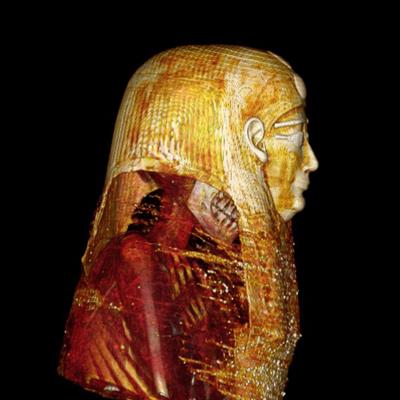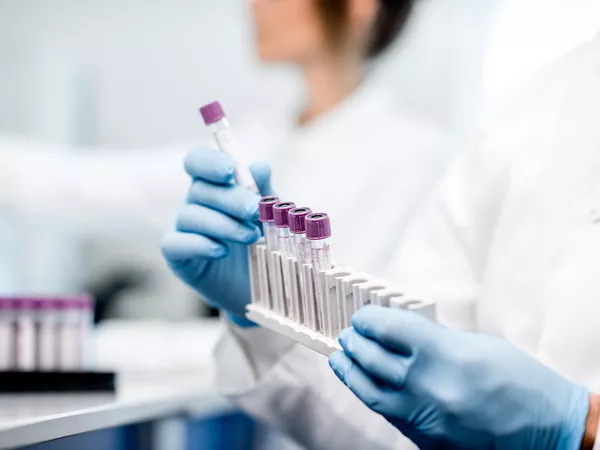sahar saleem
Kasr Al Ainy Hospital, Faculty of Medicine, Cairo University
Cairo, Egypt
4,518
Total downloads
44k
Total views and downloads
Submission closed
Paleoradiology uses modern imaging techniques to study the remains of ancient individuals including mummies and other ancient objects. The field has rapidly developed driven by advancements in technology such as computed tomography (CT) scanning, digital radiography, and three-dimensional (3D) imaging. With paleoradiology it has become possible to non-invasively provide new insights into the lives, health, and causes of death of ancient individuals. Paleoradiology has identified a range of medical practices in ancient societies. Mummy studies have long been a subject of fascination for researchers and the general public, offering a unique window into the cultures and societies of the past. The project aims to contribute to the ongoing dialogue surrounding the use of modern technology in the study of the mummies to unlock the secrets of the civilization.
To research how paleoradiology helps with mummy studies, including identifying diseases, injuries, fatalities, and cultural practises. To compare skeletal remains/mummies from various civilizations and time periods utilising imaging technology to gain knowledge on the evolution of human populations and the effects of environmental and social factors on health and well-being. Using cutting-edge imaging technology to recreate the facial features of ancient skeletal remains to get insights into the traits of ancient people. Paleoradiology's contribution to the preservation and restoration of mummies through the identification of their damage, as well as to the documentation of cultural heritage and support of museum exhibits. Fostering multidisciplinary study between paleoradiology and other research techniques, such DNA analysis and archaeology, to provide a more thorough understanding of ancient society. Paleoradiology research can provide insights into the natural history of diseases, which has implications for modern medicine and public health. Overall, the study of mummies using imaging technology has the potential to advance a variety of disciplines, including anthropology, archaeology, medicine, and public health. Imaging technology can help us better comprehend the past and shape our perspective of the present by giving insights into the health and lives of ancient societies. By using imaging technology to preserve cultural heritage, we can make sure that the legacy of earlier civilizations is shared to future generations and not lost.
Overall, the study of mummies using imaging technology has the potential to advance a variety of disciplines, including anthropology, archaeology, medicine, and public health. Imaging technology can help us better comprehend the past and shape our perspective of the present by giving insights into the health and lives of ancient societies. By using imaging technology to preserve cultural heritage, we can make sure that the legacy of earlier civilizations is shared to future generations and not lost.

Keywords: Paleoradiology, archaeology, mummy, Computed tomography, ancient diseases
Important note: All contributions to this Research Topic must be within the scope of the section and journal to which they are submitted, as defined in their mission statements. Frontiers reserves the right to guide an out-of-scope manuscript to a more suitable section or journal at any stage of peer review.
Share on WeChat
Scan with WeChat to share this article
